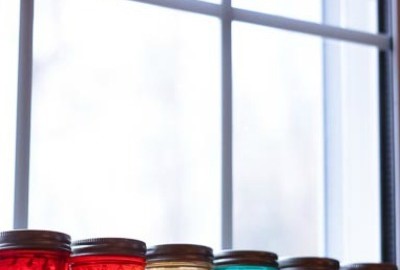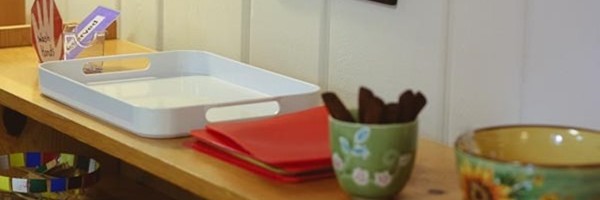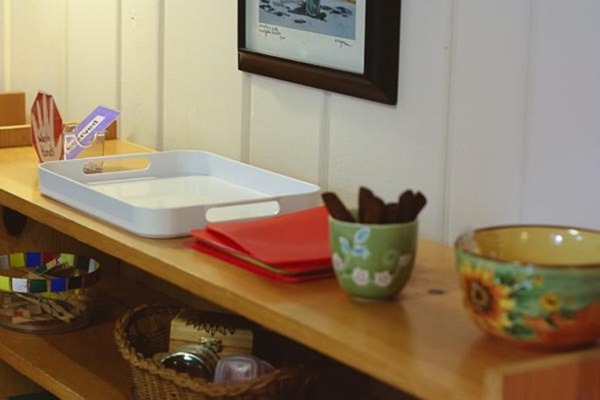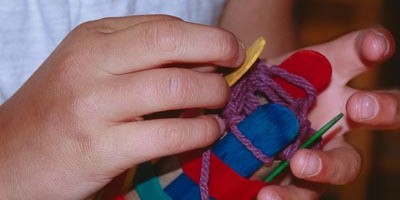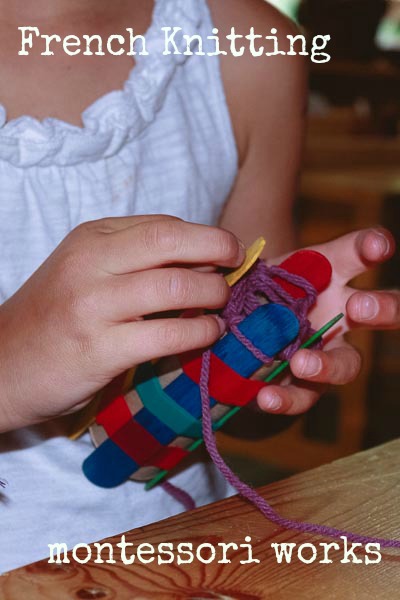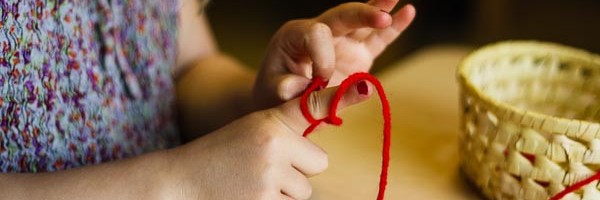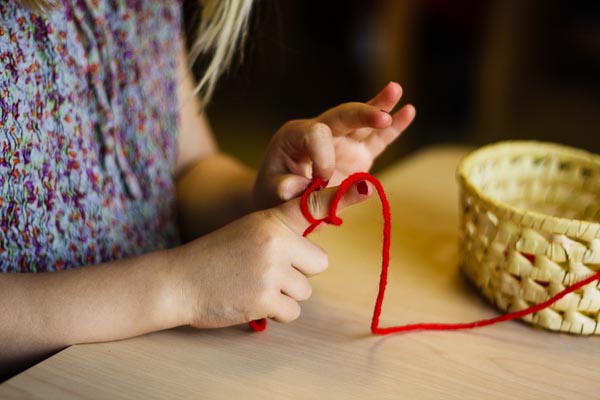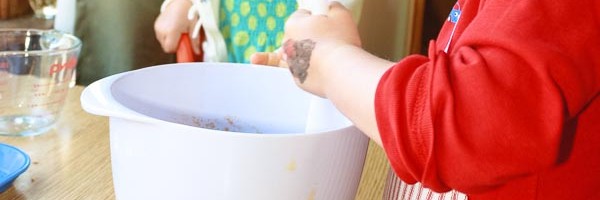My daughter hoards stuffed animal, cats are her favorite. She prefers them in the $3.00 or less category (which you can find at almost any store) and every month, that is where her spending money goes. Is it what I call a quality item? No. Would I pick it to spend my money on? Not at all. Is it my decision? Nope, and that’s why it is so important.
We started giving Imogen an allowance a year ago when she was about 4 and a half. It all began because anytime we went into ANY store, there was always, the “I want!” “I need!” and even though she didn’t “get” those items, it was still a constant power struggle — so we transferred some of the power, her own little spending money.
I did a little research and we went with the system where the child separates all her money into three categories: Spend, Save, and Share. There are some pretty cool ready-made banks for this purpose.
Moonjar Classic Moneybox: Save, Spend, Share
I wasn’t looking to make that much of an investment when we started this journey. So I used some clear zippered pouches that I had, they were from the Martha Stewart line at Staples. They are easy to tuck in my purse (I always carry the spend pouch), it is easy for her to add and remove her money — for us, pouches win. Pinterest is also full of Spend, Save, Share jar tutorials, by people much craftier than I.
Now, this is how the system works for us — Imogen gets $12 a month, at the beginning of the month — I give her all $1s. Of the $12, $2 goes into Sharing, $4 goes to Saving and $6 goes to spending. If you google “How much allowance should my ? year old get” most people recommend a dollar for each year of their age, per week. So that would be $20 a month for Imogen who is 5, I find that to be a little too much, especially since we don’t require to buy her clothing, or items like that. $12 seems more appropriate, so that’s what I went with. Any birthday, or extra money is also divided in the same way.
- I pay her monthly, it is easier for me to remember (I use cash anyway for most my monthly purchases, so I just add her $12 to my monthly withdraw). Also, I would rather have her budget her money all month.
- We just use these three categories. I know others have a tithe category that is separate from the share, and still other people that have children saving for cars and college. To me the saving for college and a car is a little too abstract. What I want now is to instill the idea that there are items worth saving for, and the habit that every time you get money, you divided it up, some for now, some for later, some for others.
- Her allowance is not connected to any chores. The idea that she helps around the house is a given and is not rewarded with money. I think this is very important in a Montessori type house. Children help around the house because that is the expectation, not because they are being rewarded.
What has Imogen gained from having an allowance?
- Some things are cheap and they break easily. She now throughly inspects every stuffed animal she buys for loose threads or holes. The disappointment she went through when her cheap junk that she has purchased breaks, taught her much more about quality than I could have.
- Buyers remorse. We did tromp back to a store once to return a $1 Japanese novelty eraser.
- Budgeting — She use to go through her spending money by the 3rd of the month. Now she is more thoughtful about her purchases, is constantly figuring out, if I buy this, how much will I have left?
- Delayed gratification. She is saving HER money for something big (one of those large stuffed animals), we aren’t buying it for her, it’s her choice and purchase. I have a feeling when she finally had enough money, and we buy it, it will be her favorite.thing.ever.
- The joy of sharing. She has plans to buy a good friend a gift with her share money, and then buy cans of cat food for our local SPCA.

Allowing her to have her own money, and make her own decisions about how to use it, has really been an exercise in practical life. In a Montessori home, we are always looking for real ways to give children ownership and responsibility for their actions, what better way to help prepare them for life than to trust them with their own money.
want to hear more? subscribe to montessori work by email!
[mc4wp_form]




